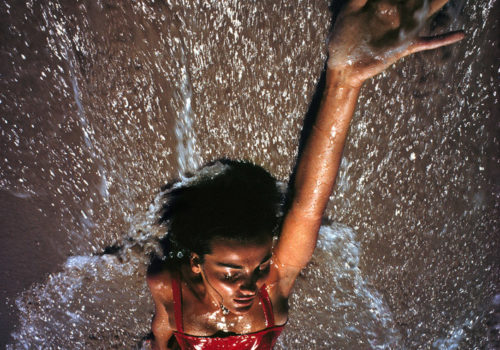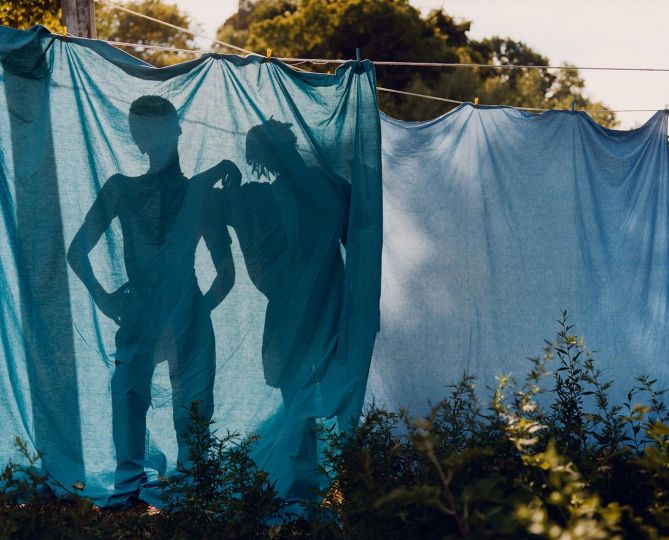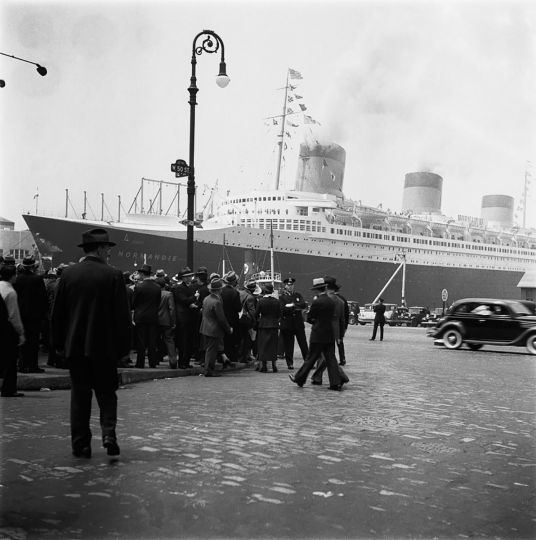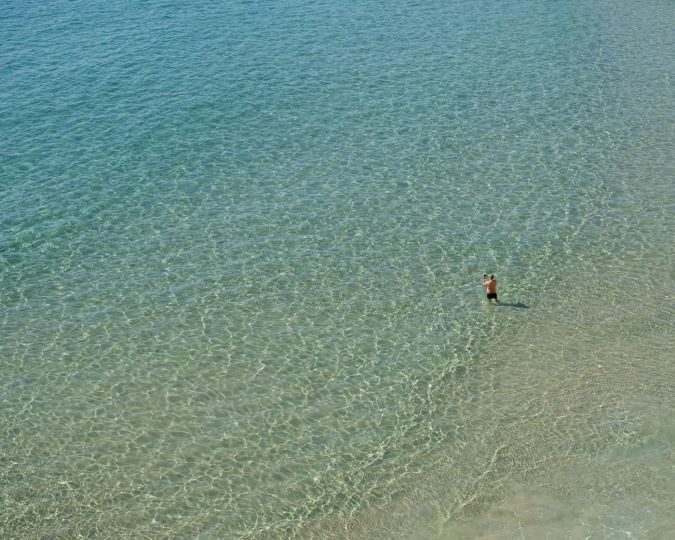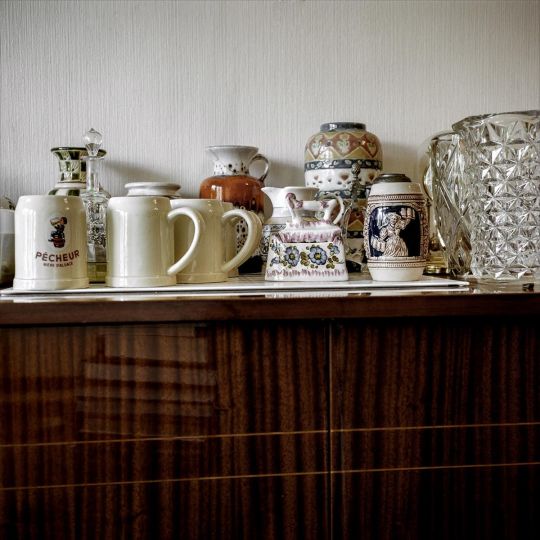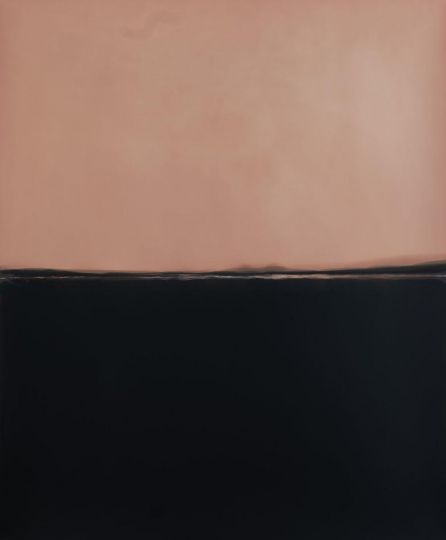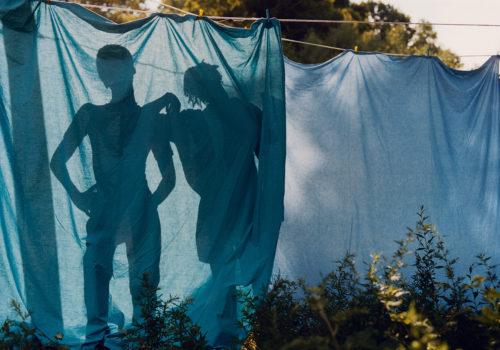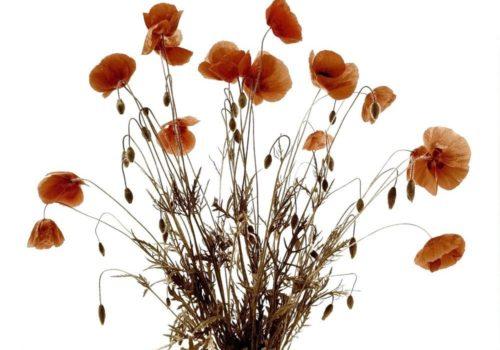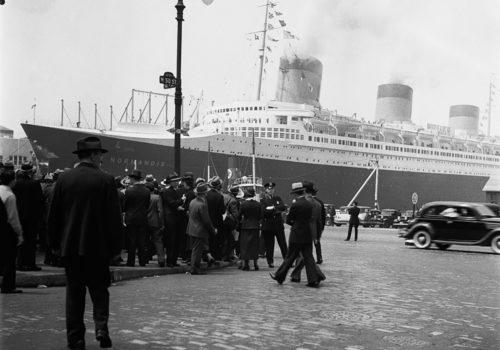I had the privilege of working with Art Kane at time he switched from art direction to photography. From 1960 to 1965 he was my boss, mentor, teacher, and in many ways a father figure. It was more of an apprenticeship than being an assistant. I had a hand in everything from coordinating shoots, processing film and printing to sweeping the floors.
Art Kane was one of a handful of photographers who changed the face of photography in editorial and advertising during the sixties. Until 1960 the use of 35mm cameras and film was unheard of, looked down on, thought to be too small, not suited for publication. Art Kane on the other hand used 35mm almost exclusively.
But more importantly the thing that Art brought to the printed page was a mind and an eye. He had an eye and a way of seeing that no one else had. And a mind that could conceive of and tell a story. A great deal of his editorial work were stories he had conceived of and initiated. Or, art directors would come to him and say “we want to do a story on“ (…) and leave the rest in his hands to fill it out.
When it came to the shoots Art knew what he wanted, and at the same time his mind was open to accidents that would happen. Or he would try
something he had not thought of until then and go with it. He was open to everything around him and took advantage of it.
And he loved a good laugh.
There are a number of stories I could tell; however, the one that I remember the most is the Beatles story.
It was a cold February morning in 1964 when I arrived at Art’s Carnegie Hall studio. There was a growing pandemonium around the building because The Beatles were performing that night downstairs at Carnegie Hall on their first American tour, fresh from their appearance on TV’s Ed Sullivan Show. Art arrived a little later and we had a shoot. When we left for lunch there were even more people in the lobby and both of us got a good looking over. On our return, Seventh Avenue was jammed with people, the police had cleared the lobby, and police cars, TV trucks, cameras, and news reporters from around the world were gathered on 56th Street by the stage entrance.
Back up at the studio, Art and I combed our hair down, put on our scarves and looked at each other – smiled and said “shall we?” We needed three more people, but I was only able to come up with two. That was it, we had three Beatles and a photographer.
We went through the building to the 57th Street door and started horsing around and posing in front of the Beatles poster.
From there we ran across the street and jumped in a cab. The driver looked at the corner, turned around and looked at us, put his hand to his forehead and said, “Oh-my-God, I’ve got the Beatles in my cab!” We told him we needed to get to the stage entrance on 56th Street. He took off, but the police had the street blocked. The driver told the cops he had the Beatles in his cab and they waved us through. In a couple of minutes we pulled up to the stage entrance. As we got out of the cab the whole street lit up, flash units were going off, and kids were screaming. We made a beeline for the door next to the stage entrance, and back up to the studio.
About two minutes later one of the elevator operators knocked on the studio door to tell us the police were looking for us, stay inside!
There is not a day that goes by when I don’t think about him at some point and sometimes talk to him. I wish he were here right now. I love the man like a father and see that broad smile on his face as though the world was his.
Jack Ward, Photographer, Art Kane’s first assistant
For my mentor, Art Kane, the pictures always started with a Pentel Rolling Writer and a piece of paper. Just a piece of white paper. He would quickly sketch the picture, the concept, the framing from his minds eye directly to the paper. Then he’d share these black and white drawings, notating the things I’d need to know: lens choice, light, props, models, locations, time of day, etc. These sketches were more than a layout or drawing, they were how Art processed the world around him.
For Art, nothing was left to chance. Every element within the frame was symbolic and every frame was by design. Then he would always tell me to start with the plan but be willing to change it. The world, the location, the subject, the light or the weather will change and you’ll have to abandon your idea – the sketch – not for failure but for something even better.
Like a bull, he’d clench his jaw and lower his gaze, put the Nikon to his eye like nothing else mattered, and fire the shutter. Nothing was left to chance until he demanded and created a space for improvisation. He insisted on real emotions – pushing many subjects to tears but he loved laughter, too, real belly laughs – often demonstrating for his subjects.
The final step in his process occurred in a darkened room with carousel trays filled with 80 Kodachromes stacked around him and the projector lamp casting color and shapes on the matte white walls. He would click forward at a fairly rapid pace, palming his favorites and dumping the rest. Never looking back to see if he missed anything, always reminding me to edit from the gut and not the head. I would re-load his selects and he would repeat again until he had his final pieces of tri-colored gelatins in little white frames that matched the sketch sometimes to the millimeter. Although I know he never checked.
Richard Kelly, Photographer, Art Kane’s last assistant
BOOK
Art Kane
Reel Art Press
Photography by Art Kane
by Jonathan Kane (Author), Holly Anderson (Author), Peter Doggett (Introduction), Michael Somoroff (Foreword)
320pp; Hardback w/slipcase;
200 colour & b/w photographs
304 x 245 mm / 12 x 10 in
ISBN: 978-1-909526-12-9
£60.00
http://www.artkane.com/#!book/c1oyp
http://www.reelartpress.com
http://www.artkane.com

